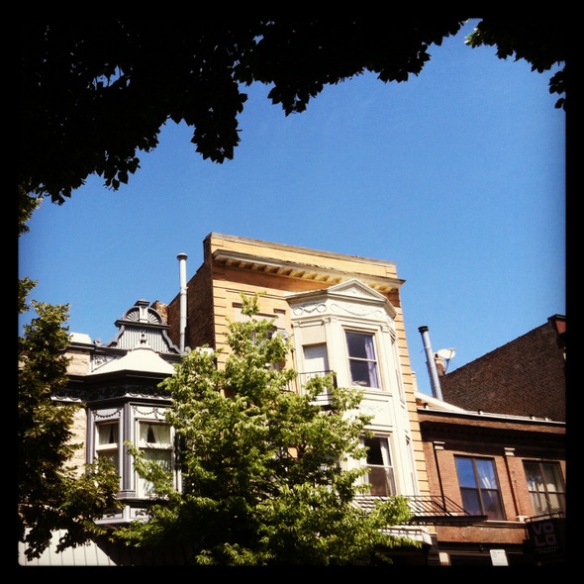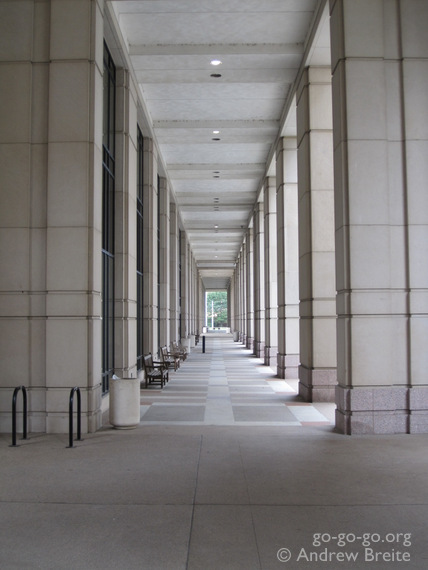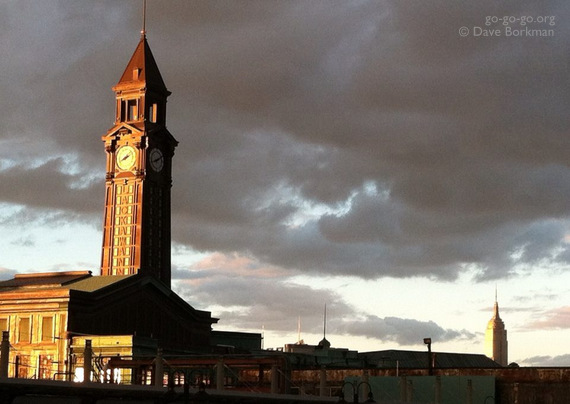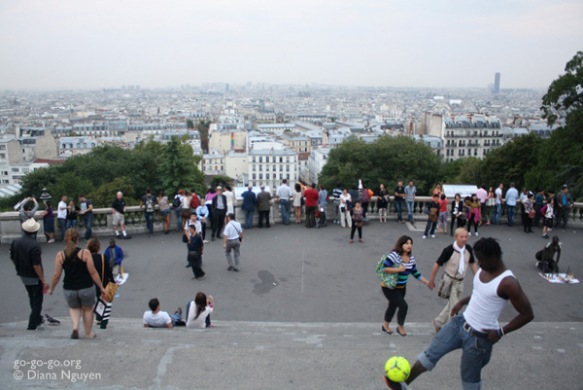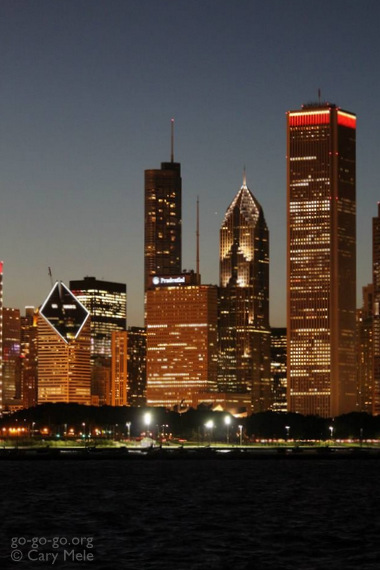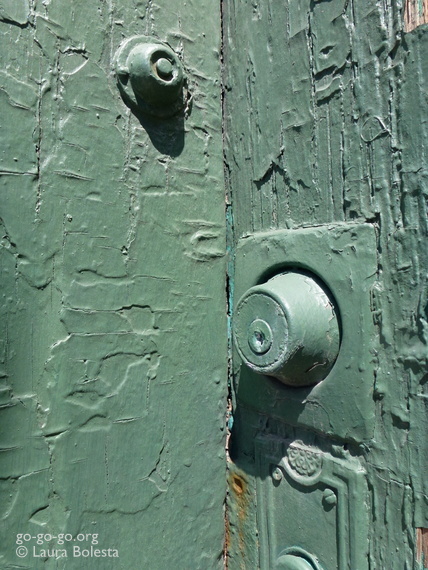
This weekend required one thing and one thing only: the ability to shout “See ya, suckers!” to Chicago and work and responsibility and real life for a couple of days. The perfect place to do this, on a short timeline and limited budget, is Wisconsin. But within Wisconsin, there are so many options. Do you hit Milwaukee for a couple of days of brewery tours and shockingly good dining? Do you hide out in a cabin up in Door County? Or do you, perhaps, go to what I now think of as the capital of weird: Spring Green, Wisconsin, home of, among other things, The House on the Rock.
The House on the Rock is a monument to one man’s crazed imagination. That man was Alex Jordan, who built the thing literally by hand, carrying the necessary supplies up the 75 foot rock by himself (at least at first). It’s more than a house; it’s a fantasy compound that would make Walt Disney proud and perhaps envious. Jordan’s philosophy was, “There was never enough—never enough of anything.” So he never stopped elaborating on his house.

The first part of the tour—and, honestly, the least jaw-dropping—is the original house. It’s a winding, low-ceilinged, dark little warren, filled with tiny nooks reminiscent of Frank Lloyd Wright (whose Taliesin is just down the highway). The detail, such as the carved woodwork of the shutters and the swirling colors of the replica Tiffany lamps, is impressive, if hard to see in the low light.

At the end of the original house you come into one of the most recent additions: the Infinity Room. It stretches out like the prow of a ship, both walls full of windows, cantilevered over a gorgeous, tree-filled Wisconsin valley. When you get to the end, there’s a window that looks straight down.

Eep.
The rest of the house gets progressively weirder. The compound rambles around so you’re never quite sure where you are or where you’re going, as you walk through huge halls lined with quaint old-timey storefronts or warehouse-like rooms with model airplanes hanging from the ceiling and bizarre old cars, including one owned by a former professional plate-spinner that was covered completely in intricate blue tiles.
One of the recurring highlights throughout the house are the music machines. Alex Jordan hadn’t been trained in music or engineering or anything—but hell, he wasn’t an architect or a contractor, either, and that didn’t prevent him from creating this house. The music machines are contraptions that, with the plunk of a token, play classic songs on instruments strummed and struck by ghosts.

They’re fascinating as mechanical objects, if not always as brilliant music.
There’s also a large collection of dolls, of which I’ll say no more because they’re super creepy, and the world’s largest indoor carousel, brightly lit and spinning around with every kind of animal that has ever been dreamed up except the boring old horse. But the room that absolutely blew my mind was the one entitled “The Heritage of the Sea.” Walking in, you first see… something. Something huge. Something filling the whole room from the floor to the ceiling three flights up.

It’s a whale. Battling an octopus. While waves crash around them. And a boat is being smashed in the whale’s open mouth.

These pictures, like all of the pictures from this trip, don’t do it justice. The House on the Rock is an experience. Each room, each display, each mechanical tune, each dark and winding hallway builds on the next. It’s absolute overload, no rhyme or reason to it. nothing holding it together except for one man’s desire to build whatever he wanted with no regard for reality. It’s the perfect embodiment of the American penchant for eccentric individualism.
[But that’s not the only weird thing in Spring Green. Tomorrow: a hotel with its own airplane and a bar in a bank.]








